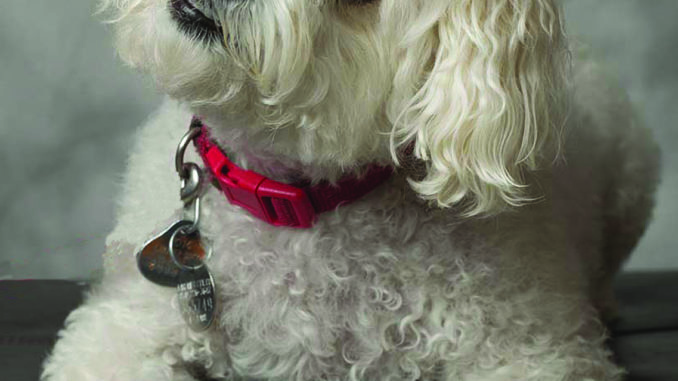
Bio Bites
By R. Gary Raham
A biologist-artist’s ruminations about our roles in a science-inspired world
Of course you do. Kindchenschema is one of those clunky German words that literally means, “baby-like features” or “cuteness.” For example, you may be reading this column because I featured the picture of my dog, Zoe. Because she is cute—even though she is now an old lady in dog years—I don’t toss her through a window when she barfs on the carpet or demands to go outside at 2 a.m. A certain suite of features that includes a large head, big eyes, small nose and ears makes a nurturing/protective portion of our brain circuits light up like a Christmas tree—in as little a quarter of a second. Usually, this is a good or at least pleasant thing, but our cuteness response has a dark side we must be aware of.
Biologically speaking, our cuteness response helps us nurture our babies rather than throw them out the window when they barf on the carpet or cry at 2 a.m. Brain scans show that both men and women respond in a similar way to baby cuteness, although men may deny it on written forms. Moreover, the response transcends the species barrier. The young of any animal that requires relatively long periods of parental caring displays Kindchenschema and thus fires up the cuteness awareness neurons. As a result, we like puppy and kitten YouTube videos, watch movies about Bambi, and give money to conservation groups who flaunt panda and tiger cubs in their advertising. Advertisers, whether they understand the underlying biology or not, know how to push our Kindchenschema buttons.
Gemma Tarlach addresses some of the current scientific research pertaining to this topic in the December 2019 issue of Discover magazine. A 2009 study showed that the cuteness rating of baby faces could be enhanced or decreased by making the faces rounder (more cute) or narrower (less cute). People relieve stress at work by watching laughing baby videos or cats and puppies creating mischief. Employers know that allowing animals in the workplace can relieve stress—except perhaps for the designated pooper-scooper on staff. Therapy dogs work wonders in Nursing homes and hospitals.
Tarlach also mentions some of the dark side aspects of cuteness. In 2016, the terrorist group ISIS featured armed fighters cuddling kittens in their recruitment videos—attempting to elicit feelings of empathy for soldiers who may have chopped off the heads of infidels a few hours before. Cuteness evokes kama muta, a Sanskrit word which means a sudden intensification of communal sharing.
Overall, our response to cuteness seems to be a humanizing force that also unites us with the rest of the living world. If using baby animals can help us preserve the global wealth of species diversity and treat our fellow humans like family, that’s a force that may help insure our survival in a dangerous and sometimes threatening world.
Okay, Zoe, it’s time for a walk. And then, of course, I won’t be able to resist your big-eyed appeal for a treat.
Support Northern Colorado Journalism
Show your support for North Forty News by helping us produce more content. It's a kind and simple gesture that will help us continue to bring more content to you.
BONUS - Donors get a link in their receipt to sign up for our once-per-week instant text messaging alert. Get your e-copy of North Forty News the moment it is released!
Click to Donate
